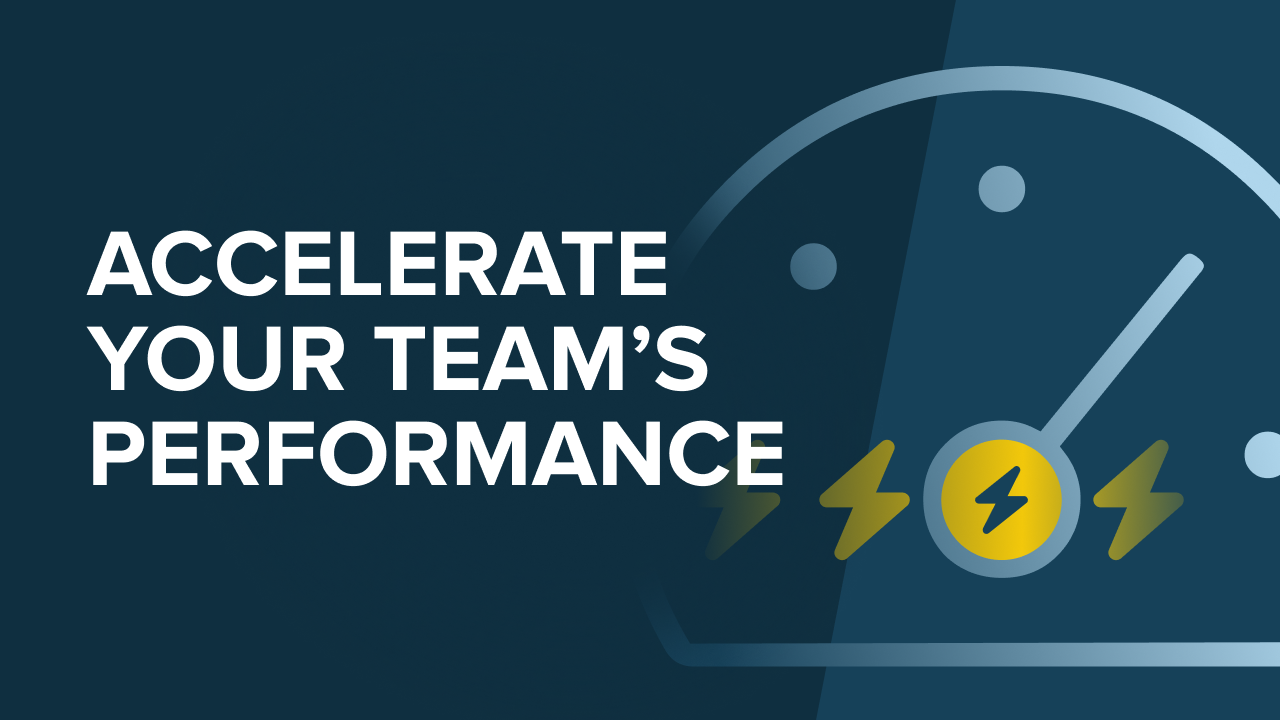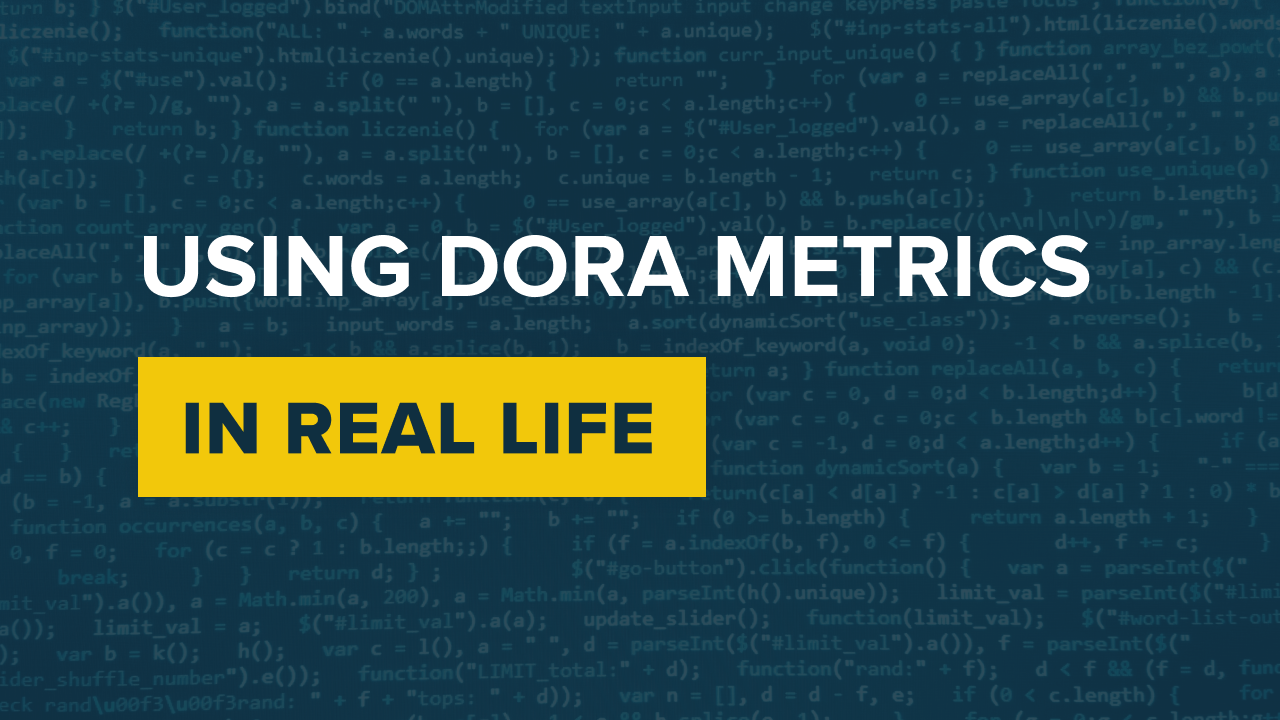Complete Guide to DORA Metrics | How to use DORA metrics

Don Brown
October 27th, 2023
2023 State of DevOps Report Takeaways
What 2023 State of DevOps report answers
Don: The debate is over - how should you structure your software teams? That question is now answered in this year's State of DevOps report 2023.
Other questions answered include: How does AI affect my company and team performance? How can we quantify the impact of culture on performance burnout? What even is culture in the first place?
All these things are included in the State of DevOps report 2023.
We have a very special guest, Eric Maxwell from the DORA group, to offer his takes on the report.
What's interesting about Eric is his role in that he is the head of the implementation team.
Eric runs what their DevOps transformation practice, and his role very specifically is to work with Google Cloud's top customers, and teach them how to actually implement the research that they do from DORA perspective.
He is heavily focused on how we can apply the research in day-to-day lives to make those lives of developers better to improve organizational performance.
Eric's Three Takeaways
1. The importance of being a user-centric organization
Eric: This one stood out because many of the conversations that I'm having day-to-day with customers focus around how do we increase velocity to value and how do we transform our organization from being a feature-driven organization into a user-centric organization. So it seems perfectly timed for what the industry is going through right now.
Don: The data shows organizations with strong user focus have a 40% higher performance. That's huge.
Interestingly, software delivery performance actually didn't really change that much, but overall team performance, substantial increase.
Same with burnout - it doesn't really change burnout, maybe it helps a little bit decreasing it, but job satisfaction up a ton. Developers more connected to users just feel more satisfied about the work that they do.
2. Culture is perhaps the most important part of this puzzle
Eric: You can have high levels of software, velocity, stability, reliability, but if you don't have healthy culture, you're not going to have the same type of organizational performance.
Most recently I was working with a company that has a very strong technical ability and I started working with the chief architect and he was showing me their platform. And I remember walking away from that initial conversation thinking, "Wow, this is a pretty advanced technological platform that they have. Why do they need our help?"
Then we started digging into how users interact with that platform. And as it turns out, it took users over a hundred days to get an application up and running on this platform. And it wasn't because the technology platform wasn't automated because there was a lot of automation and a lot of cool stuff built in. It was all of the manual change approval processes.
It was the Sally needs to write something down on a piece of paper and take it down the hallway to Carol and have her sign off on it and then move it over to Bob. I'm being a bit hyperbolic, but that is kind of how the process was seen.
In my experience, the vast majority of the problems are around people in the process, and that's kind of reflected in the DORA report this year.
3. Flexible infrastructure
Eric: It's one of the things that as practitioners, we've always been talking about: "Hey, it really matters how you implement cloud, not just if you're using cloud.""
Customers come and they say, "Okay, well we've gone to cloud but we're not really realizing these all of the value that we thought we were going to get out of cloud, why is that?"
And as it turns out, they just shifted the data center operations into the cloud. They kept all of the process that they had from a data center perspective. They're still essentially using the same technologies in the same way.
And maybe they gained a little bit, they don't have to worry about patching or they don't have to worry about actually keeping the boxes on or the electricity, things like this.
But for the most part, they just shifted the burden from their data centers to the cloud only now they're in a new environment that their folks don't know as well as they knew their on-prem environment.
And so the idea that you need to then take the next step and start taking advantage of cloud native features and the differentiators in cloud.
How to get started
Don: most importantly, I think the thing I want to end with is: Just get started. Don't overcomplicate it. Don't try to make a giant plan before even starting. Just start now because it's a continuous loop. That's the key. I think you were talking about before, that continuous improvement is the key, the one time, then we're done. It's more start up a muscle.
Eric: That's right. And let's be honest, if you're not continuously improving, you're actually falling behind because everybody else is continuously improving around you. And we see that in the performance year over year. This is our ninth year of doing this research, and when you look at what is an elite performer today versus six years ago, it's dramatically different.


